#explorationvservices
Photo

Book a Tour!!!! Nigersaurus is a 30-foot-long plant-eating dinosaur that lived 110 million years ago in what is now Niger's Sahara Desert. Thanks to our sponsor @simagazine #KanteQuestTour #BushManMoha #Niamey #NigerRepublic #Adventure #Tourism #ExplorationvServices #BecomeATouristEveryday #ExploreYourWorld #ItsABeautifulWorld #NigeriasTourGuide #SIMagazine #BBCAfrica #Africa #WestAfrica #SaharaDesert #ECOWAS https://www.instagram.com/p/CfPzBjqt78R/?igshid=NGJjMDIxMWI=
#kantequesttour#bushmanmoha#niamey#nigerrepublic#adventure#tourism#explorationvservices#becomeatouristeveryday#exploreyourworld#itsabeautifulworld#nigeriastourguide#simagazine#bbcafrica#africa#westafrica#saharadesert#ecowas
0 notes
Photo

This is not Edinburgh🏴This is Enugu🇳🇬. Things to Know About Enugu State-Nigeria (The Coal City) Enugu, nicknamed the ?coal city? is the capital of Enugu state in South-Eastern Nigeria. The city is popular for its cuisine, robust industries and of course, the local palm wine. Despite this, there's a lot many people don't know about Enugu. But of course, it's never too late to learn. 1. The Meaning of Enugu The name Enugu derived from two Igbo words, ??n? ??gw??? means ?top of the hill or mountain?. The name obviously denotes the city?s geography naturally decorated with rolling hills and valleys. The city was named after ?Enugu Ngwo? under which coal was discovered. Enugu inhabited majorly by the Nike subgroup of the Igbo people, ?ndi Nike? in the Igbo language means ?those with strength or power?. 2. How did Enugu Become "The Coal City" The Europeans commissioned Albert Ernest Kitson to lead an exploration in 1903 to find mineral resources in the area. In 1909 Coal was discovered in Enugu at the Udi Hills and this led to the construction of the Eastern Railway to transport coal to the port at Port Harcourt Enugu was then developed by the Europeans to become one of the few West African cities with a European touch. Enugu was declared the capital of the Eastern Region after Nigeria?s independence in 1960 having previously served as the administrative capital of the same region from 1938 till independence. 3. Enugu Was Briefly the Capital City of A Country The city also served as the ?capital of Igboland? known as the Republic of Biafra in 1967. The Biafran capital was moved to Umuahia after the Nigerian Armed forces captured Enugu. In 1991, the old Anambra state was divided into two to create Enugu and Anambra State. Enugu remained the capital of the new Enugu State created by Ibrahim Babangida?s military regime. Thanks to our Sponsor @simagazine #KanteQuestTours #BushManMoha #Adventure #Exploration #ExplorationvServices #ExploreYourWorld #ItsABeautifulWorld #BecomeATouristEveryday #NigeriasTourGuide #NigerianHistory #SIMagazine #BBCAfrica (at Enugu, Nigeria) https://www.instagram.com/p/CZSPVEAtAlC/?utm_medium=tumblr
#kantequesttours#bushmanmoha#adventure#exploration#explorationvservices#exploreyourworld#itsabeautifulworld#becomeatouristeveryday#nigeriastourguide#nigerianhistory#simagazine#bbcafrica
2 notes
·
View notes
Photo
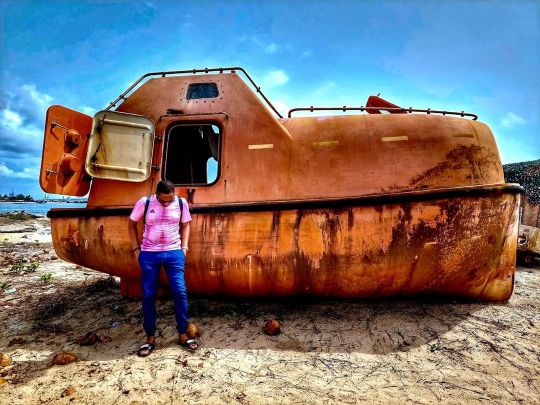
THIS IS NOT SERBIA 🇷🇸 THIS IS NIGERIA 🇳🇬 Nigeria is the most populous black nation on Earth. It is home to the second largest film industry on the globe whilst also being the fashion, technological and creative hub in Africa. Nigerians are known for their vibrant and friendly energy expressed through diverse creative expressions. Thanks to our sponsor @simagazine #KanteQuestTours #BushManMoha #Submarine #Lighthouse #Adventure #ExplorationvServices #ExploreYourWorld #ExploreNigeria #NiferiasTourGuide #TravelNigeria #LaVieEnRose #BBCAfrica #SIMagazine #BecomeATouristEveryday 💚🇳🇬 (at Nigeria) https://www.instagram.com/p/Cc1RD4KNt8d/?igshid=NGJjMDIxMWI=
#kantequesttours#bushmanmoha#submarine#lighthouse#adventure#explorationvservices#exploreyourworld#explorenigeria#niferiastourguide#travelnigeria#lavieenrose#bbcafrica#simagazine#becomeatouristeveryday
0 notes
Photo
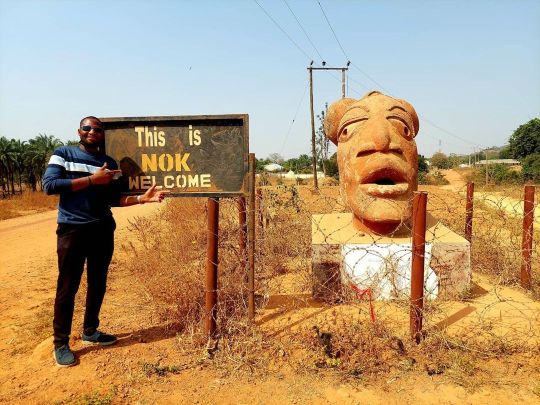
The Nok culture (or Nok civilization) is a population whose material remains are named after the Ham village of Nok in Kaduna State of Nigeria, where their terracotta sculptures were first discovered in 1928. The Nok Culture appeared in Nigeria around 1500 BC and vanished under unknown circumstances around 500 AD, having lasted approximately 2,000 years. Iron use in smelting and forging tools, appears in Nok culture by at least 550 BC and possibly a few centuries earlier.bData from historical linguistics suggest that iron smelting was independently discovered in the region by 1000 BC. Scientific field work began in 2005 to systematically investigate Nok archaeological sites and to better understand Nok terracotta sculptures within their Iron Age archaeological context. Thanks to our sponsor @simagazine #KanteQuestTours #BushManMoha #NokCivilization #NokVillage #KadunaState #KadunaSouth #Adventure #ExploreYourWorld #ExploreNigeria #ExplorationvServices #Exploration #ItsABeautifulWorld #BecomeATouristEveryday #NigerianTourust #NigeriasTourGuide #BBCAfrica #NigerianHistory #AfricanArt #AfricanHistory #AfricanSculptures #SIMagazine (at Nok Museum,jaba Lga, Kaduna State) https://www.instagram.com/p/CZJwbpQN9sp/?utm_medium=tumblr
#kantequesttours#bushmanmoha#nokcivilization#nokvillage#kadunastate#kadunasouth#adventure#exploreyourworld#explorenigeria#explorationvservices#exploration#itsabeautifulworld#becomeatouristeveryday#nigeriantourust#nigeriastourguide#bbcafrica#nigerianhistory#africanart#africanhistory#africansculptures#simagazine
0 notes
Text


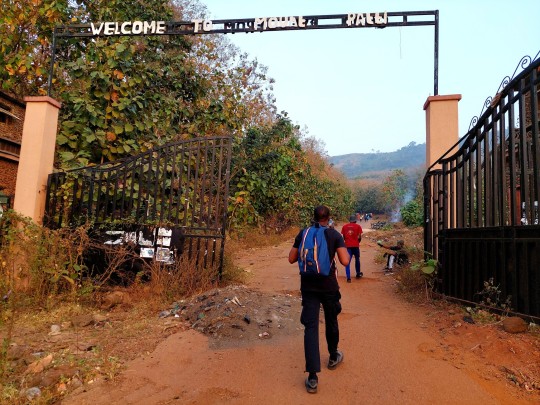
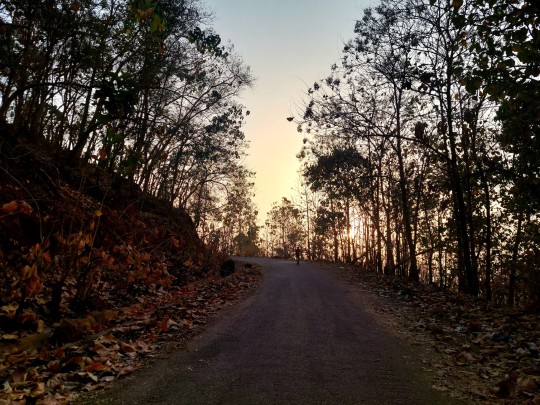

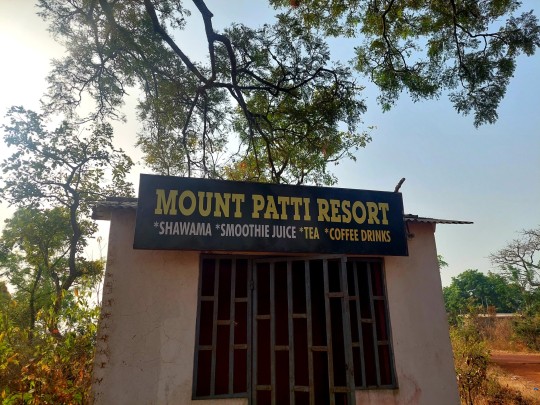
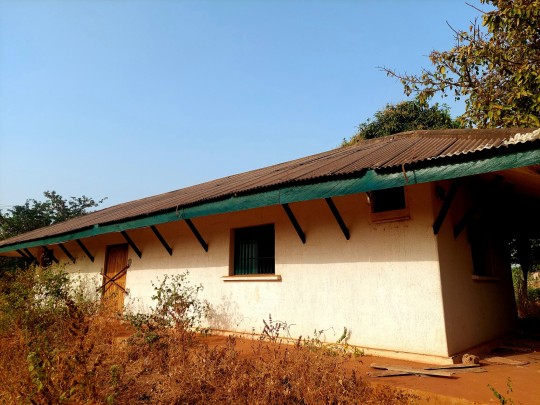
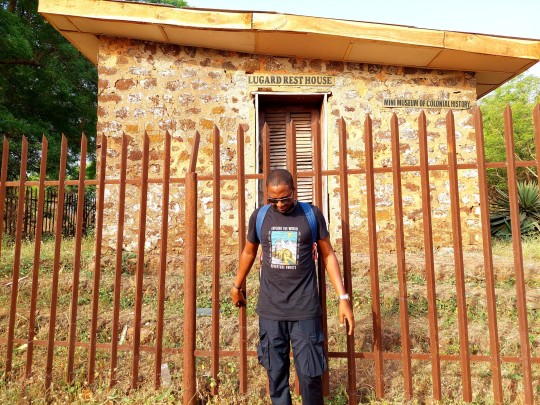
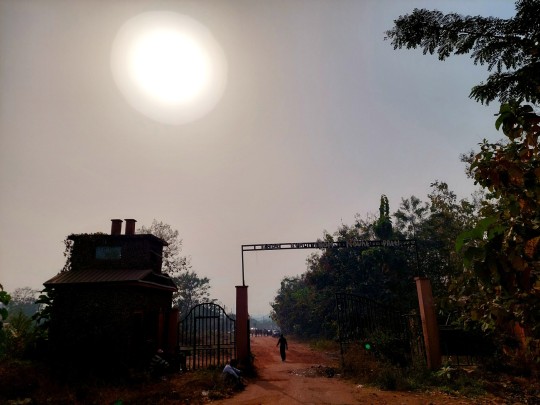
MOUNT PATTI
The Mount Patti Hill is a 1503 foot-tall (458 m) mountain and tourist attraction in Lokoja, Nigeria. It is famous for being the place where British journalist and writer Flora Louise Shaw (later Flora Lugard) gave Nigeria its name.
The name (Nigeria) was coined by Flora Shaw in 1914 when looking at Lokoja from top of The Mount Patti. It came into her mind because of the view of the Niger River and Benue, 6 kilometers away from the Mount.
In an essay that first appeared in The Times on 8 January 1897, Shaw suggested the name Nigeria for the British Protectorate on the Niger River. In her essay, Shaw made the case for a shorter-term that would be used for the "agglomeration of pagan and Mohammedan States" to replace the official title, "Royal Niger Company Territories". She thought that the term "Royal Niger Company Territories" was too long to be used as a name of a Real Estate Property under the Trading Company in that part of Africa. She was in search of a new name, and she coined "Nigeria."
In The Times of 8 January 1897, she wrote, "The name Nigeria applying to no other part of Africa may without offense to any neighbors be accepted as co-extensive with the territories over which the Royal Niger Company has extended British influence, and may serve to differentiate them equally from the colonies of Lagos and the Niger Protectorate on the coast and from the French territories of the Upper Niger."
In 1900, the governor-general of Northern and Southern Protectorate of Nigeria Sir Lord Frederick Lugard and other colonial leaders resided their office and resting place on the Mountain, with the mount peak closed to the River Niger and Benue River.
Thanks to our sponsor @simagazine
#KanteQuest #BushManMoha #KanteQuestTours #Tourism #ExploreYourWorld #ExploreNigeria #ExplorationvServices #NigerianTourist #NigeriasTourGuide #MountPatti #BecomeATouristEveryday #Adventure #Lokoja #Kogi #Nigeria #SIMagazine #BBCAfrica
💚🇳🇬
0 notes
Text

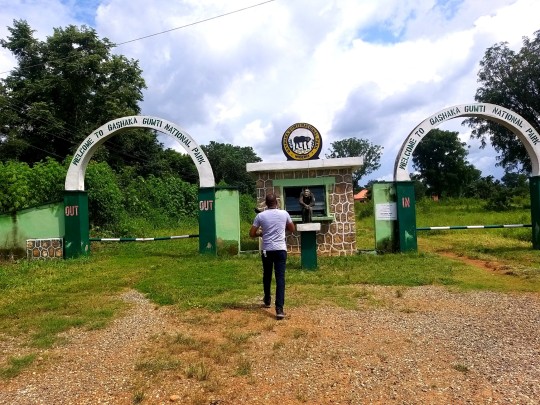



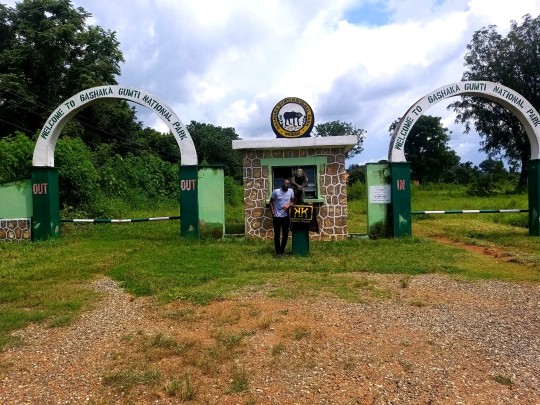
Gashaka-Gumti National Park (GGNP) is a national park in Nigeria, It was gazetted from two game reserves in 1991 and is Nigeria’s largest national park. It is located in the eastern provinces of Taraba and Adamawa to the border with Cameroon. The total area covers about 6,402 km2, much of the northern GGNP is savannah grassland, while the southern GGNP sector of the park has a rugged terrain characterized by very mountainous, steep slopes as well as deep valleys and gorges, and is home to montane forests. Altitude ranges from ranging from about 457 metres (1,499 ft) in the northern flatter corner of the park, up to 2,419 metres (7,936 ft) at Chappal Waddi, Nigeria’s highest mountain in the park's southern sections. It is an important water catchment area for the Benue River. There is abundant river flow even during the markedly dry season. Enclaves for local Fulani pastoralists exist within the park boundary that allow for farming and grazing.
Thanks to our sponsor @simagazine
#KanteQuest #BushManMoha #GashakaGumtiNationalPark #Tourism #NigerianTourist #NigeriasTourGuide #Adventure #Exploration #ExplorationvServices #ExploreYourWorld #ItsABeautifulWorld #ExploreNigeria
💚🇳🇬
0 notes